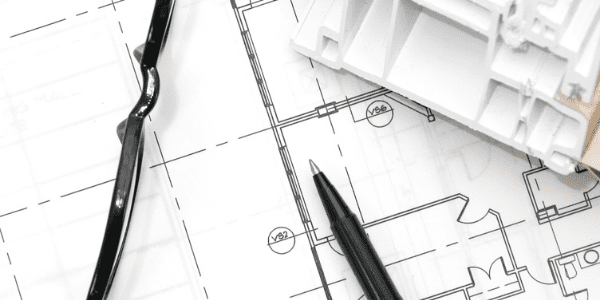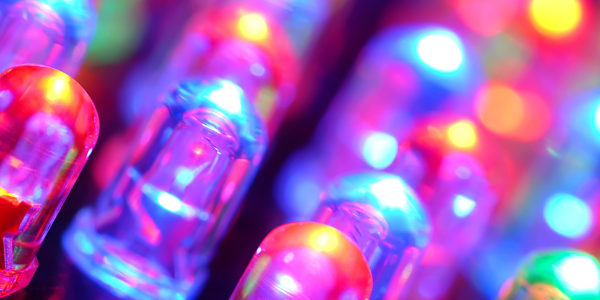
Glaring Possibilities
It’s no secret that the sun provides an immense amount of energy to the earth each and every day and also has the potential to provide a seemingly infinite amount of renewable energy. Man has struggled to tap into the power of the sun for quite some time. Photovoltaic panels show the greatest promise in producing ample supplies of green energy, yet significant obstacles prevail and panel efficiencies remain low.
Old Reliable
Solar collectors used to heat water have been available and in use for many years and are an effective way to convert solar energy into a usable resource. A variety of collector types have been developed and primarily include; Vacuum Tubes, Flat Plate Collectors, and Pool Heaters. The solar collectors transfer solar energy directly into the water or into an intermediate heat transfer fluid at an efficiency of around 70% (Vacuum Tube Style). This is far greater than the oft-hyped electric solar panel which has an efficiency of only 20% for the latest and greatest state of the art panels, although the value of electrical energy may be three times more valuable than thermal energy.
Spotlight on Payback Periods
As utility rates have heated up in recent years so have the incentives that drive solar renewable energy. A federal tax credit will cover 30% of renewable project costs. In addition to the federal credit, state and local incentives can be combined and in many cases will cover over half of the costs. These factors allow the payback periods to be drastically reduced and will definitely entice many to jump on the solar bandwagon. It may sound like a no-brainer to install solar energy equipment, but even with incentives, only projects with ideal locations and operating conditions will net you a payback period less than 5 years.
Location, Insolation, Application
Obviously the geographic location has a significant impact on the amount of energy that can be realized. Location also determines the type of collector that can be used, which in turn affects the cost. One of the most effective solar applications is that of a simple unglazed solar pool heater, but these cannot be used efficiently during the winter in regions that experience cold weather. How the heated solar water will be used and what type of energy it will be replacing also needs to be addressed. Features and applications that improve cost effectiveness include the temperature of the heating load: colder is better, so swimming pools are good candidates, and sizing the system such that it operates at full capacity all the time; don’t size them to handle the entire heating load.
Light at the End of the Tunnel
The new LEED rating system now rewards up to 8 LEED Credits for a building that offsets 15% of their total energy with renewable sources. If solar energy still makes sense for your site then get started and grab the incentives while you can.




